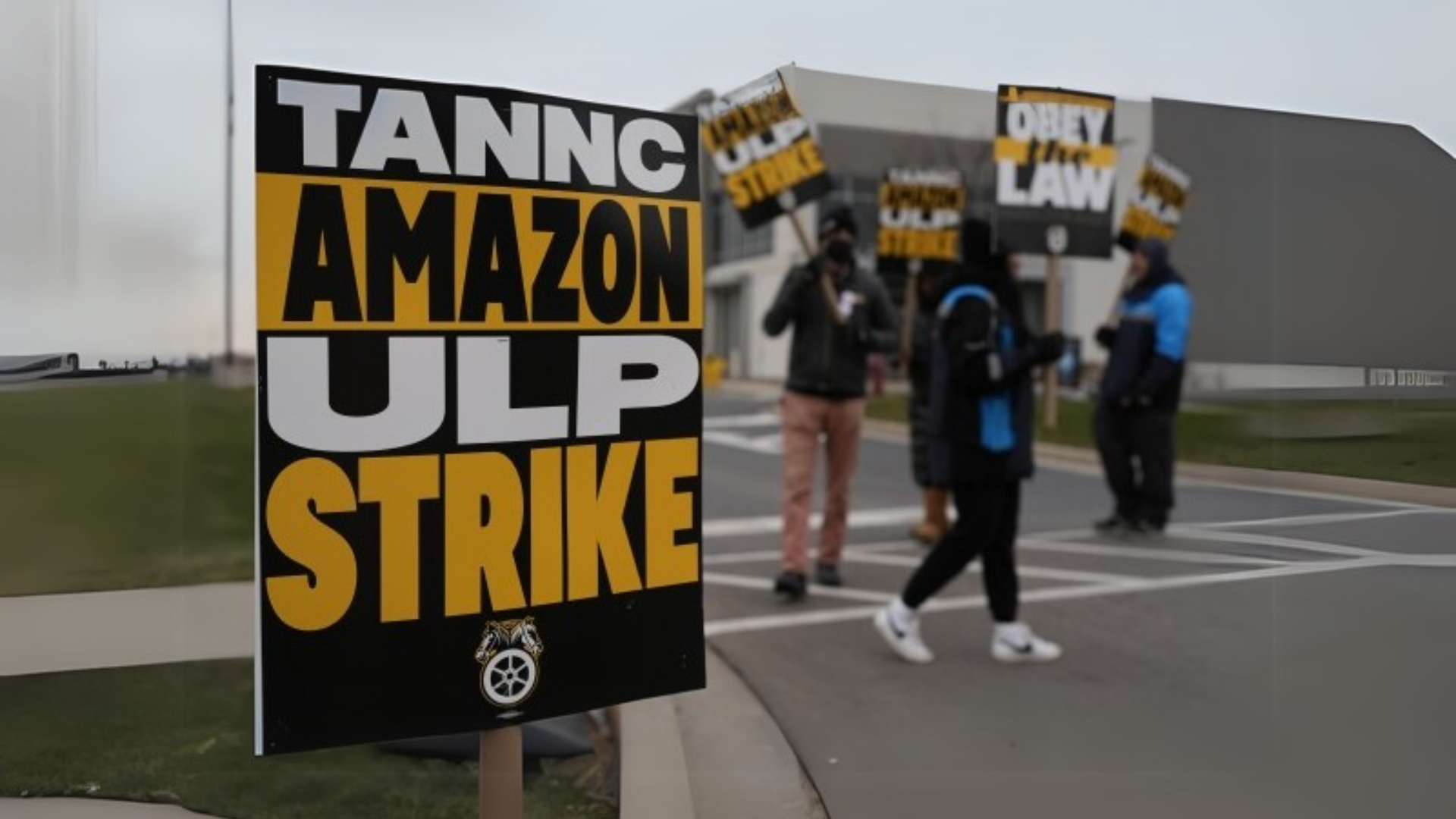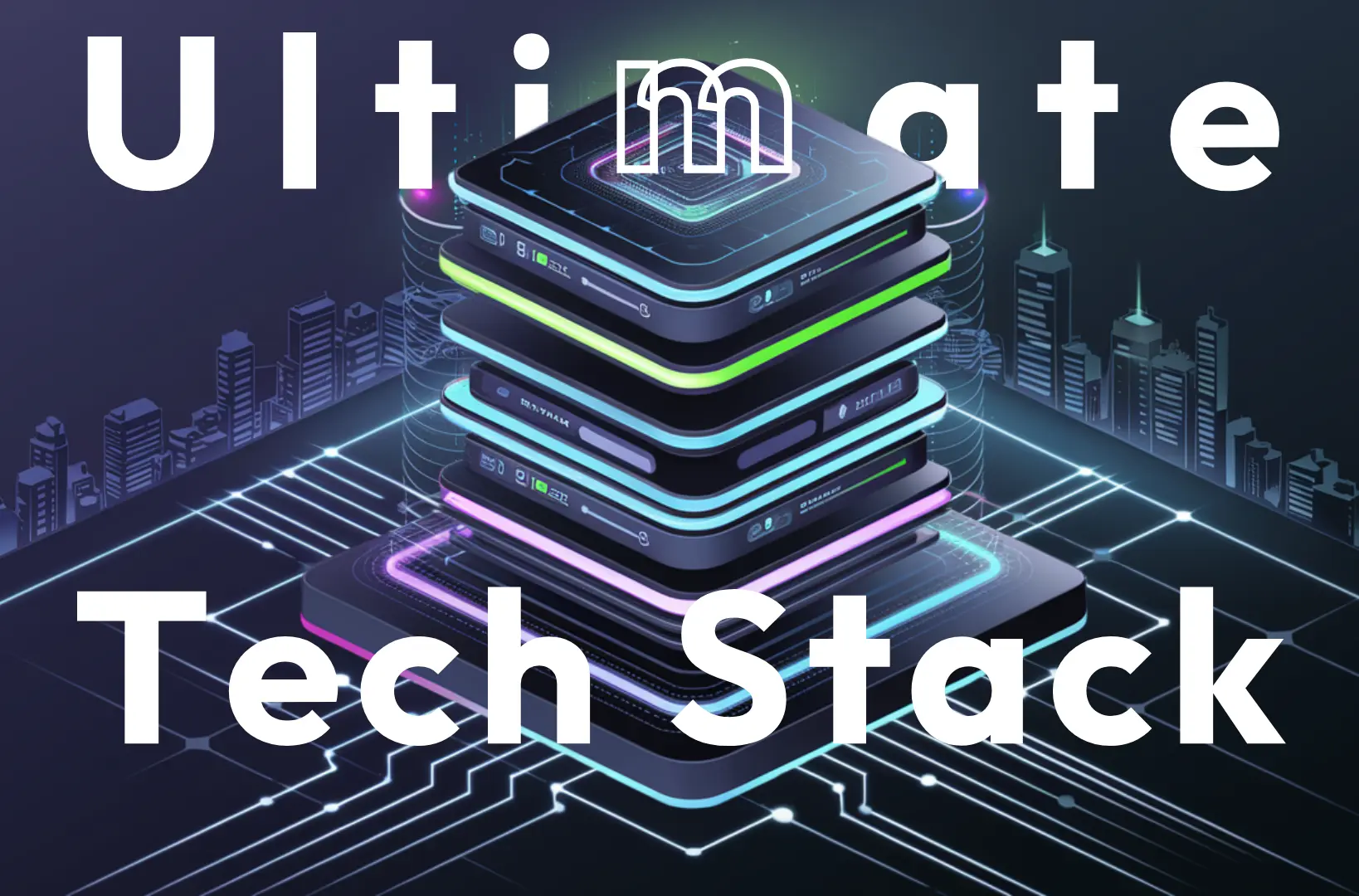Amazon, the global e-commerce powerhouse synonymous with speed and efficiency, is grappling with a significant challenge that could reshape its logistics operations and labor policies. Thousands of Amazon delivery drivers, affiliated with the International Brotherhood of Teamsters, have launched strikes across seven key hubs in the United States. Their demands for fair wages, better working conditions, and recognition as Amazon employees have ignited debates about labor rights, corporate responsibility, and the future of gig work.
The strike, occurring during the peak holiday shopping season, has captured national attention. It underscores the growing discontent among workers in the gig economy who seek improved treatment and greater representation in corporate decision-making processes. This blog explores the reasons behind the strike, Amazon’s response, and the broader implications for the labor movement.
Understanding the Scope and Scale of the Strike
The strikes are taking place in major metropolitan areas, including New York City, Atlanta, San Francisco, Southern California, and Skokie, Illinois. These locations are pivotal nodes in Amazon’s delivery network, responsible for fulfilling the company’s promise of fast, reliable deliveries. The timing of the strike—just weeks before Christmas—adds pressure on Amazon to address worker grievances promptly.
The International Brotherhood of Teamsters, one of the nation’s largest labor unions, represents approximately 10,000 Amazon workers at 10 facilities. While the current strike impacts seven hubs, more locations are reportedly preparing to join the movement, potentially amplifying the scale and disruption.
Why Are Amazon Delivery Drivers Striking?
At the heart of the strike are several pressing issues that have been simmering for years:
1. Fair Wages and Benefits
Amazon drivers often face grueling schedules, delivering hundreds of packages daily. Despite this, many workers argue that their wages do not reflect the intensity of the job. The striking drivers are demanding higher pay and comprehensive benefits to match the physical and mental toll of their roles.
2. Improved Working Conditions
Unsafe working environments and unrealistic delivery quotas have been recurring complaints among Amazon delivery drivers. Reports of insufficient breaks, lack of support during extreme weather conditions, and pressure to meet demanding targets have fueled dissatisfaction.
3. Union Recognition and Negotiation
The Teamsters are pushing for Amazon to negotiate labor contracts and formally recognize the union as a representative body for its delivery drivers. This demand has been a sticking point, with Amazon asserting that the striking workers are not its employees but are instead employed by third-party Delivery Service Partners (DSPs).
Amazon’s Stance on the Strike
Amazon has responded to the strike by downplaying its impact. The company claims that its operations remain largely unaffected and emphasizes that the striking workers are not directly employed by Amazon. Instead, they are hired by DSPs, independent contractors responsible for managing last-mile delivery operations.
This distinction is crucial to Amazon’s argument. By framing DSPs as separate entities, the company aims to distance itself from the labor issues raised by the striking drivers. However, the National Labor Relations Board (NLRB) has previously classified Amazon as a “joint employer” of subcontracted drivers, which would hold the company accountable for working conditions and wages. Amazon continues to contest this designation.
The Gig Economy and Labor Rights
The Amazon drivers’ strike is part of a larger conversation about the gig economy and the rights of workers within it. The gig economy, characterized by flexible, on-demand labor, has grown rapidly in recent years, offering convenience to consumers and cost-efficiency to companies. However, this model often leaves workers without the protections and benefits afforded to traditional employees.
Challenges Faced by Gig Workers
- Lack of Benefits: Many gig workers do not receive healthcare, retirement plans, or paid leave.
- Job Insecurity: The nature of gig work makes long-term employment and financial stability uncertain.
- Limited Bargaining Power: Without union representation, workers struggle to negotiate better pay or conditions.
Amazon’s reliance on DSPs exemplifies these challenges. While the company benefits from the flexibility and scalability of this model, drivers are left to navigate the demands of the job without direct access to Amazon’s resources or support.
Implications for Amazon and the Industry
The outcome of this strike could have far-reaching implications for Amazon and the gig economy at large:
1. Pressure to Reform Labor Practices
If the strike gains traction and disrupts Amazon’s operations, the company may face mounting pressure to negotiate with the Teamsters and make concessions. This could include revising its relationship with DSPs or implementing new labor standards.
2. A Precedent for Gig Work
A successful strike could set a precedent for other gig economy workers to organize and demand better treatment. Companies like Uber, DoorDash, and Lyft may find themselves facing similar challenges.
3. Reputation Management
Amazon’s handling of the strike will be closely scrutinized by customers, investors, and policymakers. Failure to address worker grievances could harm the company’s reputation and lead to increased regulatory oversight.
4. Economic Disruption
With the holiday season in full swing, prolonged disruptions in Amazon’s delivery network could ripple through the broader economy, affecting small businesses and consumers reliant on timely shipments.
What’s Next?
As the strike continues, several outcomes are possible:
- Negotiation and Resolution: Amazon could choose to negotiate with the Teamsters, potentially leading to improved conditions for drivers and greater union influence within the company.
- Legal Battles: The dispute over whether Amazon is a “joint employer” may escalate, with significant implications for how labor laws are applied to gig economy workers.
- Expansion of the Strike: If more facilities join the strike, the pressure on Amazon will intensify, forcing the company to address worker demands more urgently.
A Defining Moment for Worker Advocacy
The Amazon delivery drivers’ strike is more than a labor dispute—it’s a defining moment for worker advocacy in the gig economy. It highlights the growing tension between corporate efficiency and worker rights, challenging companies to rethink their labor strategies in an increasingly interconnected world.
As the strike unfolds, it serves as a reminder of the human element behind the convenience of online shopping. For consumers, it’s an opportunity to reflect on the true cost of fast deliveries. For companies, it’s a call to balance profitability with responsibility. And for workers, it’s a chance to demand the dignity and recognition they deserve.
The stakes are high, not just for Amazon and its drivers but for the future of work itself. Whether this strike leads to meaningful reform or deepens the divide between labor and management remains to be seen. What is clear, however, is that the conversation about labor rights in the gig economy is far from over.

Jahanzaib is a Content Contributor at Technado, specializing in cybersecurity. With expertise in identifying vulnerabilities and developing robust solutions, he delivers valuable insights into securing the digital landscape.








